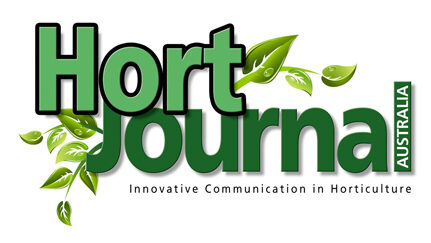
R&D Tax Incentives for horticulture
By Tania Harman and Daniel Knox
The R&D Tax Incentive program provides an opportunity for horticulture businesses to receive financial support for their innovative activities. Understanding what qualifies under this incentive program is crucial.
The R&D Tax Incentive (R&DTI) is jointly administered by the Australian Taxation Office (ATO) and the Department of Industry, Science and Resources (DISR). The DISR assists Industry Innovation and Science Australia to register and ensure activities are eligible R&D activities, and the ATO is responsible for expenditure claimed in the tax return on eligible R&D activities. The R&DTI is subject to strict eligibility and substantiation requirements and scrutiny by the ATO and DISR. Where these requirements are met, companies may be eligible for a refundable R&D tax offset if its Annual Aggregated Turnover (AAT) is under $20 million, or a non-refundable R&D tax offset if its AAT is equal to or over $20 million.
Defining R&D in horticulture
Research and development in horticulture is often about finding new solutions to improve plant cultivation, increase yield, combat pests, or reduce resource consumption. This can involve developing new species or hybrids, experimenting with growth-promoting substances or designing more efficient irrigation systems. Innovations may range from small, incremental improvements to significant breakthroughs, each offering different levels of impact and risk.
Eligible R&D activities
For an activity to qualify for the R&D Tax Incentive, it must meet specific criteria defined by the program:
- Core R&D activities: Must involve experimental activities whose outcome cannot be known or determined in advance, based on principles of established science, and are conducted for the purpose of generating new knowledge (including improved materials, products, devices, processes or services).
- Supporting R&D activities: Activities that are directly related to core R&D activities or, in certain cases, undertaken for the dominant purpose of supporting core R&D activities.
- Systematic progression: Activities must be conducted through a systematic progression of work that is based on established scientific principles and proceeds from hypothesis to experiment, observation, evaluation and logical conclusions.
Other eligibility criteria do apply, including that the activities must be Australian-based and that comprehensive records of all research activities and the expenditure incurred on those activities is maintained.
How does this apply to the horticultural industry?
- Genuine experimentation: The activity must be undertaken to create new knowledge or solve a scientific or technical uncertainty. Your project must involve experimenting with new or improved horticultural methods, products or technologies where the results are not already known, for example, trialling new pest control techniques, irrigation systems or crop varieties.
- Directly related support work: Activities like soil testing, data collection or prototype development can be eligible if they directly support your main experimental work or are primarily undertaken to help your core R&D project.
- Structured approach: The scope of work should follow a logical, step-by-step process starting with a hypothesis (e.g., ‘If I do x to y, z will happen’), running trials, collecting and analysing results and drawing logical conclusions.
- Australian-based activities: Most R&D work must be carried out on Australian soil. Overseas activities may be eligible but only where there is approved overseas funding in place.
What makes for a robust R&DTI application and claim?
- Identify qualifying projects: Carefully evaluate current projects to determine which align with the requirements for R&D incentives. Focus on areas like sustainability improvements, process optimisation and technological advancements.
- Utilise R&D claim consultants: Partner with experienced R&D claim consultants to enhance the success of your application. These experts can help identify qualifying activities, guide documentation processes and ensure compliance with regulatory requirements. Their specialised knowledge in horticulture innovation is invaluable in maximising the benefits of the incentive.
- Document thoroughly: Maintain comprehensive records of all research activities and the expenditure incurred on those activities, and how the expenditure has a connection to the R&D activities. Documentation should include hypotheses, methodology, resources used, results and any challenges encountered. A more detailed analysis of record keeping requirements will be provided in a future issue of Hort Journal Australia.
By understanding and leveraging the R&DTI, horticultural businesses can pursue significant innovations with reduced financial risk. The effective use of R&D claim consultants can assist in ensuring businesses are well-positioned to streamline the claiming process and reduce the risk of incorrect claims. As the industry continues to evolve, embracing such opportunities will be pivotal in staying ahead of challenges and contributing to sustainable and efficient practices.
To apply for the R&DTI, eligible companies must register their R&D activities with the DISR within 10 months after the end of their income year, before claiming the tax offset through their tax return with the ATO.
If you would like to discuss this further, please reach out to Tania or Daniel (details below).
Tania Harman
Director – R&D Tax and Government Incentives
PwC Australia
M: 0421 051 740
E: tania.harman@au.pwc.com
Daniel Knox
Partner – R&D Tax and Government Incentives
PwC Australia
M: 0438 335 794
E: daniel.knox@au.pwc.com
This content is for general information purposes only and therefore does not constitute financial product advice and should not be relied upon as financial product advice. For financial product advice that takes account of your particular objectives, financial situation or needs, you should consider consultation with professional advisors.
